Rasoul Nikbakht
TSpec-LLM: An Open-source Dataset for LLM Understanding of 3GPP Specifications
Jun 03, 2024



Abstract:Understanding telecom standards involves sorting through numerous technical documents, such as those produced by the 3rd Generation Partnership Project (3GPP), which is time-consuming and labor-intensive. While large language models (LLMs) can assist with the extensive 3GPP knowledge base, an inclusive dataset is crucial for their effective pre-training and fine-tuning. In this paper, we introduce \textit{TSpec-LLM}, an open-source comprehensive dataset covering all 3GPP documents from Release 8 to Release 19 (1999--2023). To evaluate its efficacy, we first select a representative sample of 3GPP documents, create corresponding technical questions, and assess the baseline performance of various LLMs. We then incorporate a retrieval-augmented generation (RAG) framework to enhance LLM capabilities by retrieving relevant context from the \textit{TSpec-LLM} dataset. Our evaluation shows that using a naive-RAG framework on \textit{TSpec-LLM} improves the accuracy of GPT-3.5, Gemini 1.0 Pro, and GPT-4 from 44\%, 46\%, and 51\% to 71\%, 75\%, and 72\%, respectively.
Spatially Consistent Air-to-Ground Channel Modeling via Generative Neural Networks
Feb 05, 2024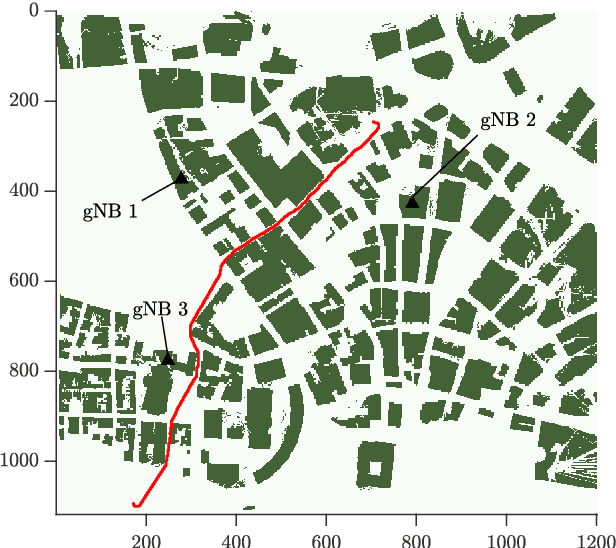
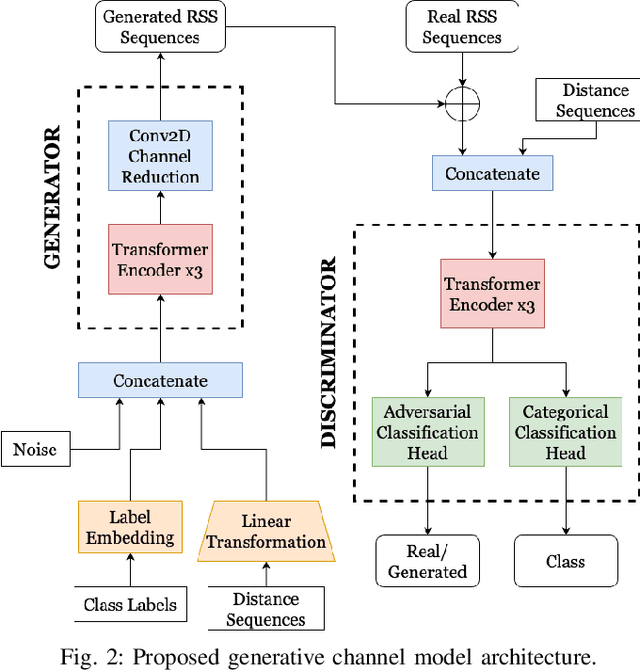
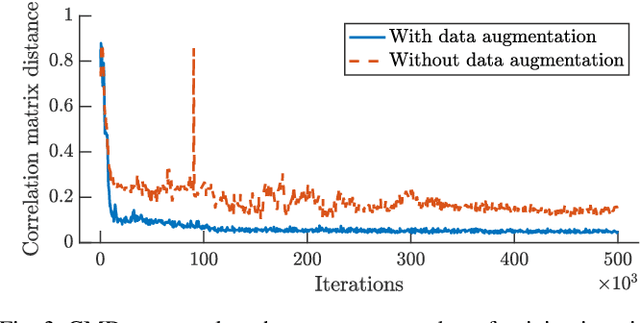

Abstract:This article proposes a generative neural network architecture for spatially consistent air-to-ground channel modeling. The approach considers the trajectories of uncrewed aerial vehicles along typical urban paths, capturing spatial dependencies within received signal strength (RSS) sequences from multiple cellular base stations (gNBs). Through the incorporation of conditioning data, the model accurately discriminates between gNBs and drives the correlation matrix distance between real and generated sequences to minimal values. This enables evaluating performance and mobility management metrics with spatially (and by extension temporally) consistent RSS values, rather than independent snapshots. For some tasks underpinned by these metrics, say handovers, consistency is essential.
Decentralized Energy Marketplace via NFTs and AI-based Agents
Nov 17, 2023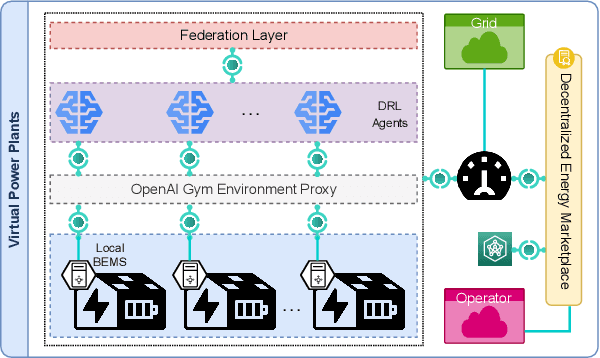
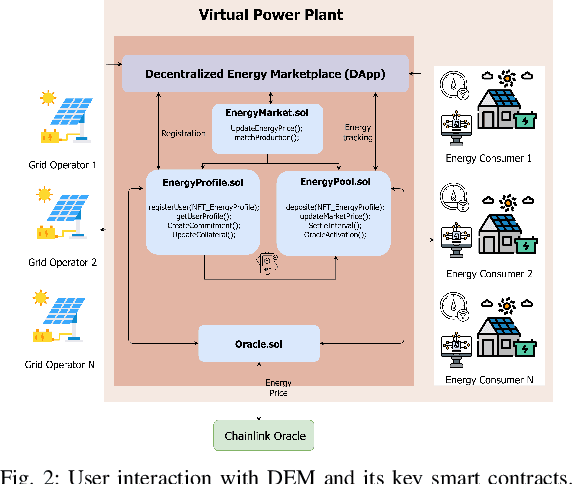
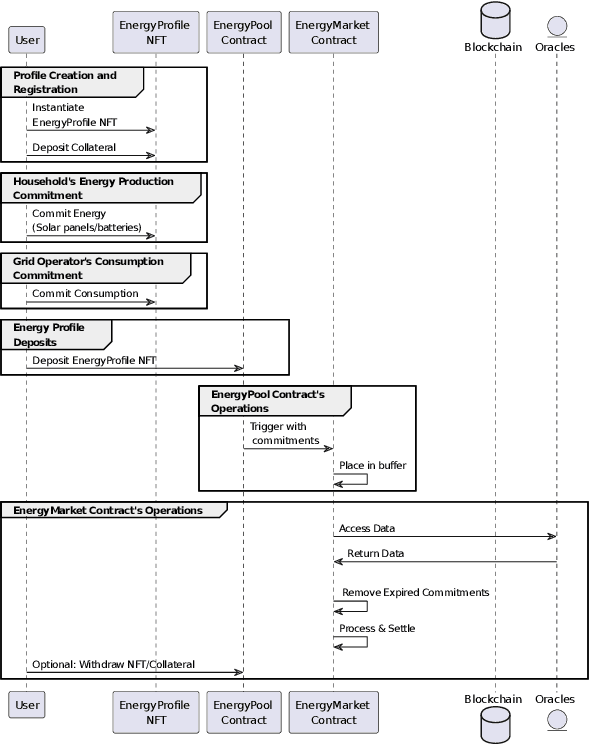
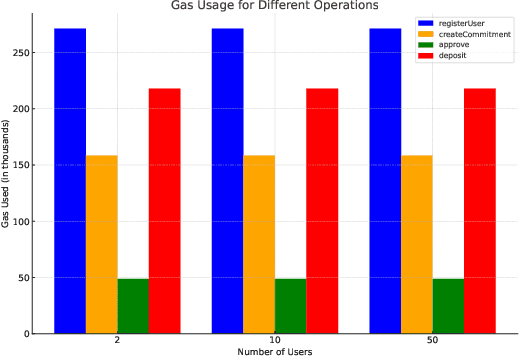
Abstract:The paper introduces an advanced Decentralized Energy Marketplace (DEM) integrating blockchain technology and artificial intelligence to manage energy exchanges among smart homes with energy storage systems. The proposed framework uses Non-Fungible Tokens (NFTs) to represent unique energy profiles in a transparent and secure trading environment. Leveraging Federated Deep Reinforcement Learning (FDRL), the system promotes collaborative and adaptive energy management strategies, maintaining user privacy. A notable innovation is the use of smart contracts, ensuring high efficiency and integrity in energy transactions. Extensive evaluations demonstrate the system's scalability and the effectiveness of the FDRL method in optimizing energy distribution. This research significantly contributes to developing sophisticated decentralized smart grid infrastructures. Our approach broadens potential blockchain and AI applications in sustainable energy systems and addresses incentive alignment and transparency challenges in traditional energy trading mechanisms. The implementation of this paper is publicly accessible at \url{https://github.com/RasoulNik/DEM}.
UAV Communications in Integrated Terrestrial and Non-terrestrial Networks
Aug 04, 2022



Abstract:With growing interest in integrating terrestrial networks (TNs) and non-terrestrial networks (NTNs) to connect the unconnected, a key question is whether this new paradigm could also be opportunistically exploited to augment service in urban areas. We assess this possibility in the context of an integrated TN-NTN, comprising a ground cellular deployment paired with a Low Earth Orbit (LEO) satellite constellation, providing sub-6 GHz connectivity to an urban area populated by ground users (GUEs) and uncrewed aerial vehicles (UAVs). Our study reveals that offloading UAV traffic to the NTN segment drastically reduces the downlink outage of UAVs from 70% to nearly zero, also boosting their uplink signal quality as long as the LEO satellite constellation is sufficiently dense to guarantee a minimum elevation angle. Offloading UAVs to the NTN also benefits coexisting GUEs, preventing uplink outages of around 12% that GUEs would otherwise incur. Despite the limited bandwidth available below 6 GHz, NTN-offloaded UAVs meet command and control rate requirements even across an area the size of Barcelona with as many as one active UAV per cell. Smaller UAV populations yield proportionally higher rates, potentially enabling aerial broadband applications.
 Add to Chrome
Add to Chrome Add to Firefox
Add to Firefox Add to Edge
Add to Edge